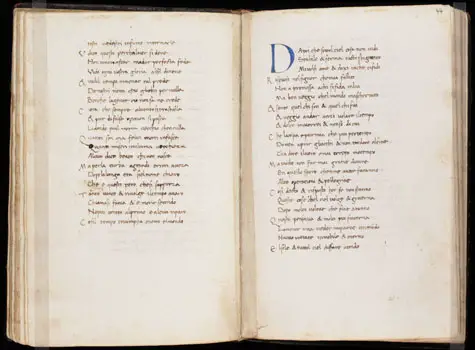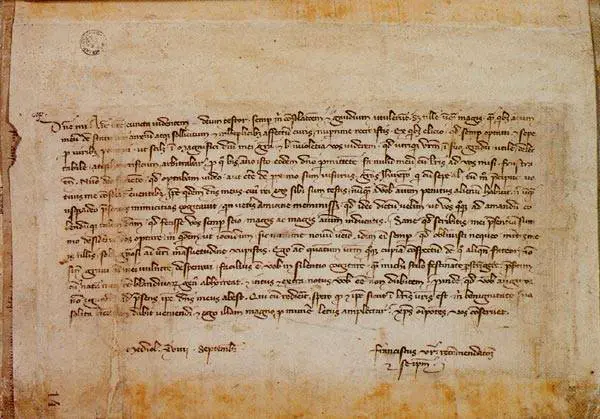

Love, who lives and reigns in my thought and keeps his principal seat in my heart, comes like an armed warrior into my forehead, there places himself and there sets up his banner.

9 of The English Sonnet by Patrick Cruttwell (1966, Longmans, Green & Co.). The following literal translation of Petrarch's Sonnet 140, translated by Wyatt and Surrey, is taken from p. Selected poems of Petrarch in side-by-side Italian and English translation. Another common trope is personification, the ascription of human qualities to objects or ideas.Petrarch Francesco Petrarca (Petrarch) (1304-1374)īiography of Petrarch ( Encyclopedia Britannica) Sonnets thus rely heavily on the literary devices of metaphor and simile. For example, Charles Tennyson Turner's poem "Missing the Meteor" compares a lover to a shooting star. Whether the poem centers on love or blame, it typically makes an elaborate and lengthy comparison between a person and an thing or idea. Love is the most common subject of Petrarchan sonnets, but these poems may also heap blame or scorn on a person, according to Dallas Baptist University. The shift in ideas is mirrored by the shift in rhyme scheme as the poem moves from the ABBA pattern of the quatrain to the CDECDE pattern of the sestet.

According to Sonnet Central, the volta may be the single most important feature of the sonnet. The sestet then praises the poet John Milton for his possession of the supposedly lost qualities of the English. This change is called the "volta," or "turn." For example, the octave of William Wordsworth's sonnet "London, 1802" decries the decline of the English race. Some poets even prefer to end with couplets, although Petrarch himself reportedly never did.īetween the octave and the sestet, a Petrarchan sonnet usually shifts its tone or focus. The most common pattern is CDECDE, but many variations are possible. The sestet follows a more flexible rhyme scheme, featuring either two or three new rhyming sounds. The English sonnet almost always follows an ABAB pattern for its three quatrains, instead of the Petrarchan ABBA for its two quatrains. A key difference in rhyme scheme between the Petrarchan and English sonnet is the rhyme scheme of the initial quatrains. The octave follows the pattern ABBA ABBA. The Petrarchan sonnet typically follows a relatively rigid rhyme scheme. These units of the sonnet are each bound together by a specific rhyme scheme. The use of a sestet distinguishes the Petrarchan sonnet from the English sonnet, which uses three quatrains and a two-line couplet at the end. The final six lines are called the sestet. Collectively, these lines are known as the octave. The two quatrains, or four-line units, comprise the first eight lines. In a Petrarchan sonnet, the lines are divided into three parts: two quatrains and a sestet.

The easiest way to identify a sonnet is by its length - all sonnets are 14 lines long.


 0 kommentar(er)
0 kommentar(er)
